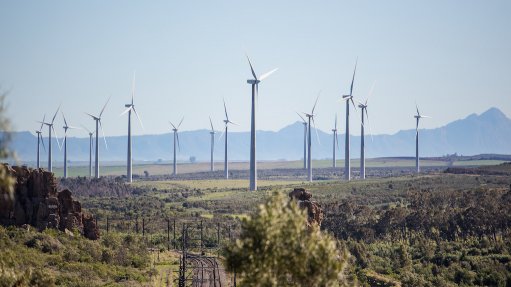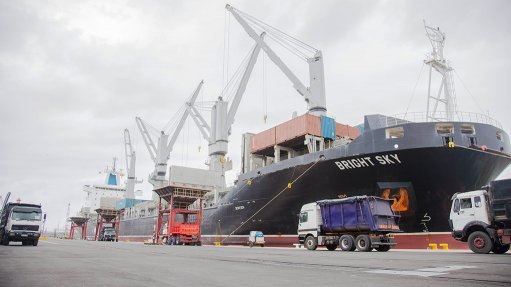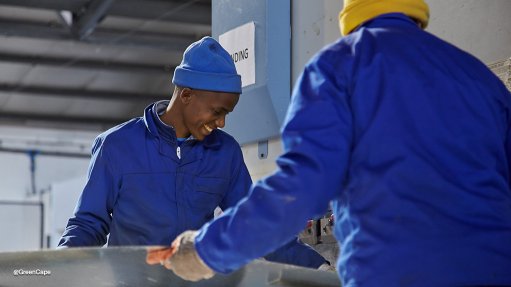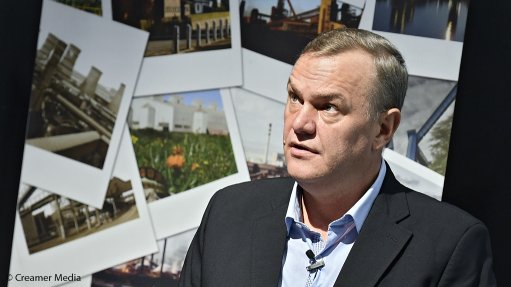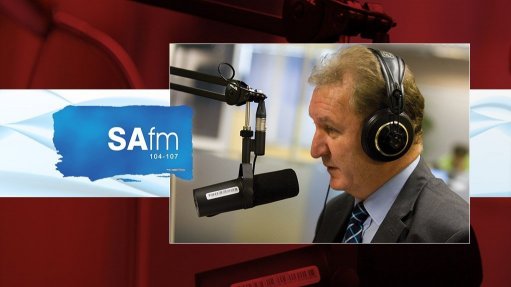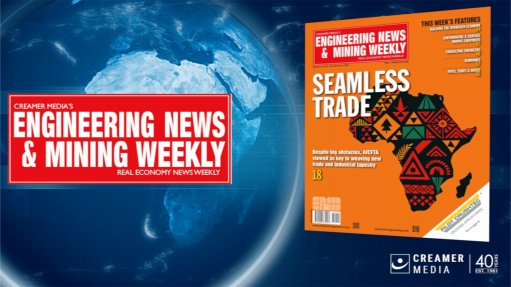Searching for Einstein
It is 80 years since 1942, which was the middle of World War II. Even 80 years later, we don’t have to ask one another which was World War II, or when it happened, or who fought in it, or when it started, or when it ended. Well, not unless we are quite young or quite ignorant.
It is surprising how many things happened in World War II, but it is even more surprising how many things did not happen in that war.
If we list aircraft that were famous in World War II, we know that there were many which were capable of flying at heights of 30 000 ft and at speeds of about 370 mph. Even today, these heights and speeds would be impressive.
Turning to things which did not happen in World War II, the ones that did not occur were mostly related to distance and range, as well as supersonic speed. It’s a fact that the Americans believed it was impossible to fly faster than the speed of sound and that a pilot called Chuck Yeager managed to do it on his first attempt. Even then, it was considered so unlikely that he’d achieve this feat that the Americans denied supersonic flight for many years.
Oddly enough, bullets did fly at supersonic speed, but the authorities did not consider this particularly strange, and they just thought bullets had some ballistic qualities which propelled them into the supersonic range. Strangely enough, some of the munitions developed in World War II are still in use. If one had suggested to manufacturers that munition manufactured 80 years ago would still be in use, most would have considered this unlikely. It is, however, a fact that some of the most successful ammunition (that used by the Foreign Legion) was only retired very recently. This may be because of a lack of appreciation of how to make good ammunition. It should, fundamentally, work and be robust. Subsequent American ammunition used in Vietnam was not particularly successful.
World War II also saw, for the first time, the use of ammunition and armament by people who were issued it purely for the purpose of fighting a battle which is, in a way, temporary in so far as it wasn’t sustained. This occurred in Albania and the surrounding areas where there were some minor skirmishes.
The biggest issue with World War II is that it is fading into history. It is all very well to record the history of a war. It is quite something else to record the history of the largest war that ever took place. The world went from a letter of introduction to a nuclear bomb in the space of just over three years, which is absolutely astonishing, after Albert Einstein suggested to President Franklin D Roosevelt that he create a nuclear team to investigate the splitting of the atom to beat the Germans to making an atomic bomb.
The extent to which this affected engineering people should also be brought to mind. Anybody who looks at the documents and the videos from World War II and just after it will see videos in colour, not black and white, which shows quite extensive documentation relating to the possibilities and plans with regard to the war. The possibilities and plans relating to how various items could be manufactured are also indicated and it’s particularly interesting to notice how the various battleships are configured to allow their use in relatively small ports.
Besides tests relating to transport, the navy conducted tests related to strength and several ships were blown over to see how strong they were and how well they resisted nuclear attack. It may be mentioned that the resistance to nuclear attack was particularly poor, and the ships, in general, rolled over and sank after an initial explosion.
It is sad because the ships that sank were very pretty, in a way, and the areas they sank in were equally attractive. However, there hasn’t been a nuclear attack since, so perhaps it’s all to the good.
Comments
Press Office
Announcements
What's On
Subscribe to improve your user experience...
Option 1 (equivalent of R125 a month):
Receive a weekly copy of Creamer Media's Engineering News & Mining Weekly magazine
(print copy for those in South Africa and e-magazine for those outside of South Africa)
Receive daily email newsletters
Access to full search results
Access archive of magazine back copies
Access to Projects in Progress
Access to ONE Research Report of your choice in PDF format
Option 2 (equivalent of R375 a month):
All benefits from Option 1
PLUS
Access to Creamer Media's Research Channel Africa for ALL Research Reports, in PDF format, on various industrial and mining sectors
including Electricity; Water; Energy Transition; Hydrogen; Roads, Rail and Ports; Coal; Gold; Platinum; Battery Metals; etc.
Already a subscriber?
Forgotten your password?
Receive weekly copy of Creamer Media's Engineering News & Mining Weekly magazine (print copy for those in South Africa and e-magazine for those outside of South Africa)
➕
Recieve daily email newsletters
➕
Access to full search results
➕
Access archive of magazine back copies
➕
Access to Projects in Progress
➕
Access to ONE Research Report of your choice in PDF format
RESEARCH CHANNEL AFRICA
R4500 (equivalent of R375 a month)
SUBSCRIBEAll benefits from Option 1
➕
Access to Creamer Media's Research Channel Africa for ALL Research Reports on various industrial and mining sectors, in PDF format, including on:
Electricity
➕
Water
➕
Energy Transition
➕
Hydrogen
➕
Roads, Rail and Ports
➕
Coal
➕
Gold
➕
Platinum
➕
Battery Metals
➕
etc.
Receive all benefits from Option 1 or Option 2 delivered to numerous people at your company
➕
Multiple User names and Passwords for simultaneous log-ins
➕
Intranet integration access to all in your organisation






